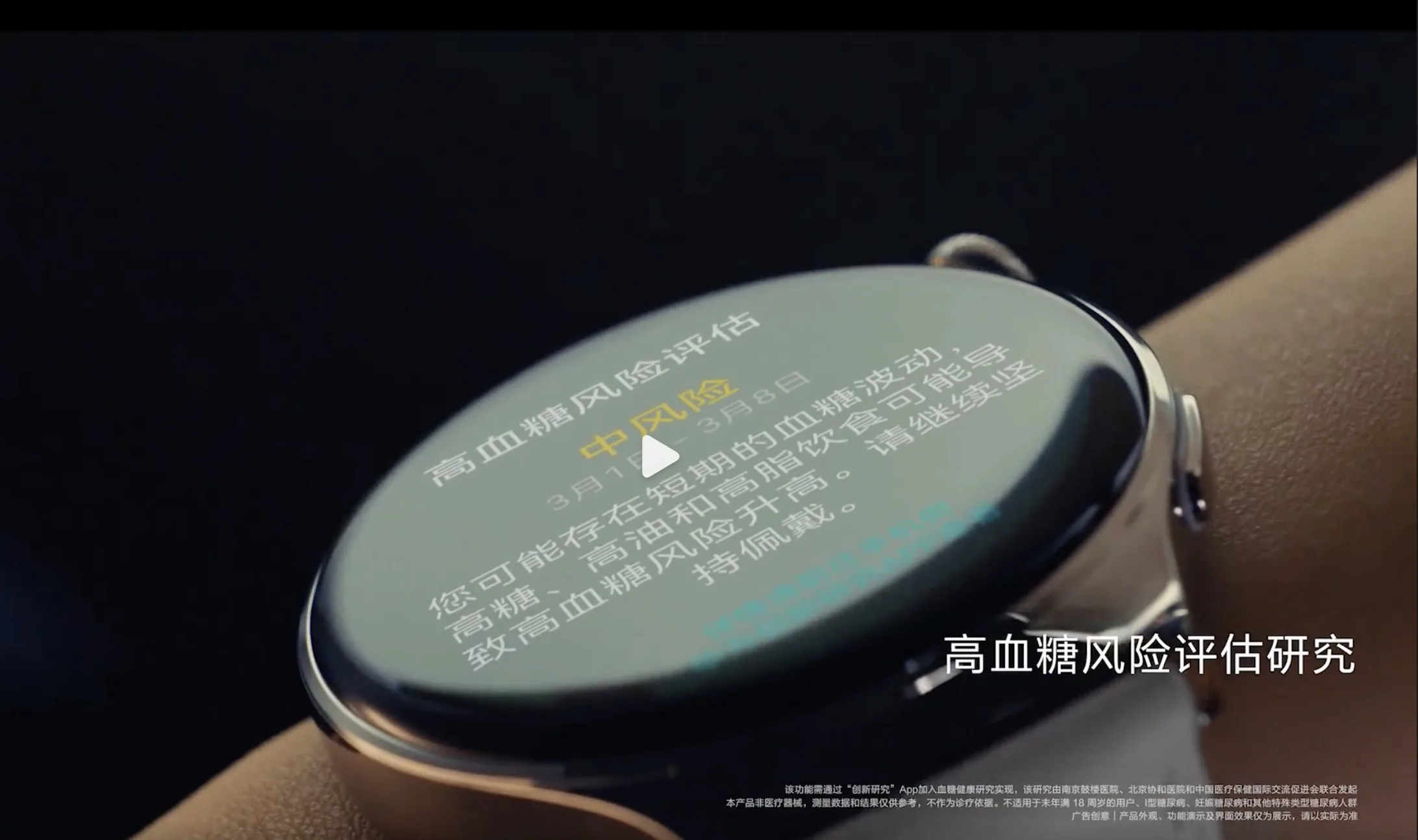A health-related feature that could make the world’s most popular watch even more popular has been written about for years. Apple is reportedly working on a way to add non-invasive blood sugar monitoring to the Apple Watch. Insulin-dependent diabetics should measure their blood sugar before injecting insulin before each meal. The current process involves a painful and relatively expensive (unless insured) test that must be performed at least three times a day.
To measure their blood sugar, diabetics use a small needle to take a drop of blood which is then placed on a disposable test strip; this strip is inserted into a device called a glucometer. After a few seconds of treatment, the result appears on the screen and determines the quantity of insulin to be injected by the diabetic. Although other companies are working on non-invasive wearable blood glucose measuring devices, it seems like everyone is expecting Apple to bring such a feature to the Apple Watch.
Richard Yu recently posted a post relayed by HuaweiCentral that includes a tantalizing video highlighting some of the features of the Huawei Watch 4. The clip shows a woman adding sugar to her coffee, but taking it away when she receives an alert of her watch indicating that she is at risk of hyperglycaemia, i.e. high blood sugar.
Huawei indicates that the watch does not provide on-demand blood glucose readings, as diabetics would like. Instead of that, the watch cycles through “10 health indicators in 60 seconds»according to Yu. He adds that these indicators include “heart rate, pulse wave characteristics, and more“. This feature was launched after Huawei conducted over 100,000 hours of monitoring and tested over 800,000 blood glucose data. It is important to note that no additional hardware is required.
Richard Yu wrote on social media: “I am very happy to share with you one of our latest achievements in the field of health. Since 2013, Huawei has continued to innovate and cooperate with authoritative medical institutions over the past decade, and made new progress in blood sugar health. Huawei watches will be the first to support research on hyperglycemia assessment“.
Non-invasive control
Huawei specifies that the Huawei Watch 4 is not a medical device and information derived from the device is for reference only. Individuals wishing to use their watch’s feature must be over 18 years of age and enrolled in a blood glucose research program operated by a third-party medical institution. Type 1 diabetics, whose pancreas does not produce insulin, are also not supposed to use this technology. Type 2 diabetics have a pancreas that produces less insulin over time, and they are insulin resistant.
When a Huawei Watch 4 user has high blood sugar, as in the video clip mentioned above, the watch indicates that there is a risk of hyperglycemia and specifies that “excessive consumption of diets high in sugar, oil and fat may lead to an increased risk of hyperglycemia“. The Huawei Watch 4 must be worn full time for 7 days before the high blood sugar alert starts working.
Huawei has already unveiled the Huawei Watch 4 for global markets and has not mentioned this feature, which means that for now it will be limited to models produced for the Chinese market.
The device has other health-related functions, including blood oxygen measurement and electrocardiogram (ECG) analysis. The Huawei Watch 4 offers a battery life of 3 days (14 days in ultra-long-lasting mode). Similarly, the Huawei Watch 4 Pro offers a 3-day battery life (21 days in ultra-long battery mode). The watch is water resistant to 50 meters and will be released in China on May 30.
